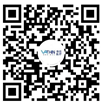 Return list
Return list
Huaxin Medical | It is our duty to cultivate respiratory intervention physicians across the country!
Spring is warm, flowers bloom, grass grows and birds fly. On April 7th, the Respiratory and Critical Care Medicine Department of the Emergency General Hospital held the opening ceremony of the second season of 2023 for continuing medical training. The department director Zhou Yunzhi, the class teacher of the continuing medical training class, Dr. Gao Yongping, the head nurse Cheng Ling, and all students attended the opening ceremony.
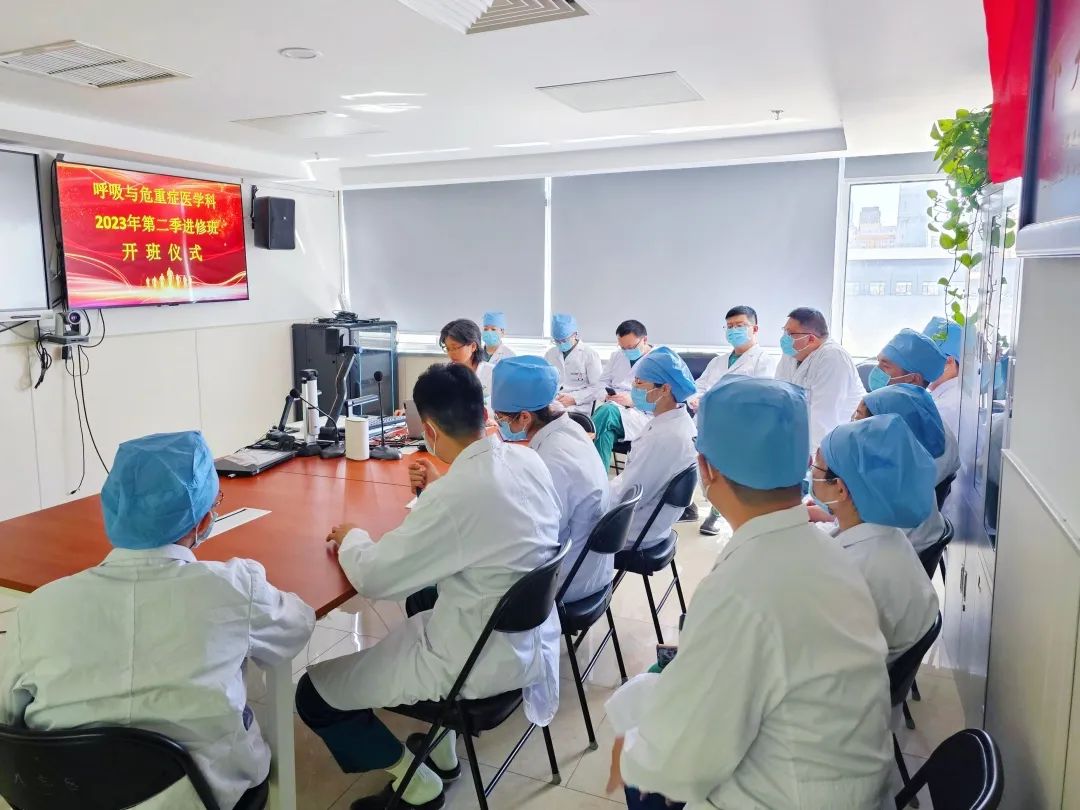
Director Zhou Yunzhi delivered a speech at the class opening ceremony, warmly welcoming the students who participated in this training and pointing out that all colleagues and continuing medical practitioners in the undergraduate department are responsible for the standardized diagnosis and treatment of respiratory diseases. They hope to learn from each other and make progress together through this season's continuing training class。
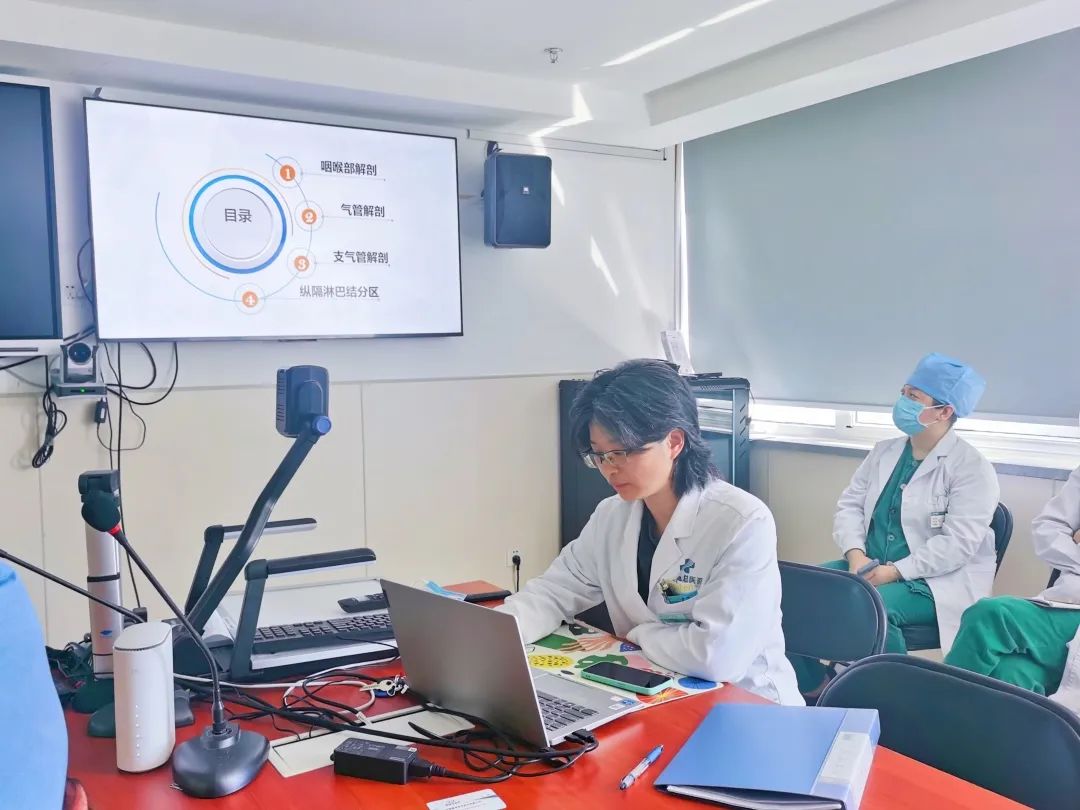
Dr. Gao Yongping, the homeroom teacher of the advanced training class, gave a detailed introduction to common diseases in the respiratory and critical care medical department, as well as the four technical directions of the advanced training base (airway intervention technology, percutaneous puncture technology, vascular intervention technology, whole lung lavage, and internal thoracoscopy diagnosis and treatment technology). He formulated a detailed training plan and stated that all medical staff in the department will do their best to provide teaching services. He hopes that students will cherish valuable opportunities, Seriously study practical techniques to ensure that you gain something from learning.
Representatives of continuing education students from all over the country briefly introduced the basic situation of their hospitals and departments, and expressed that this learning opportunity was not easy to come by. They firmly believe that with the careful guidance and guidance of all teachers, they will be able to learn more practical respiratory intervention diagnosis and treatment techniques, achieve new breakthroughs in their professional fields, and truly relieve the pain of the local people after returning to work.
It is understood that since the establishment of the Respiratory Intervention Training Course in the Respiratory and Critical Care Medicine Department of the Emergency General Hospital, it has received over a hundred students from all over the country every year, winning high praise from students: "One learning, lifelong benefits!"
"Studying here is a very rare opportunity! Meeting the teachers here is also a blessing in life. Here, we broaden our horizons, timely organize specialized problems while studying, continuously communicate and learn from experts, and through outpatient treatment, model training, and various surgical practices, the learning efficiency is very high and we have gained a lot!" A graduate of the continuing education student gave heartfelt feedback.
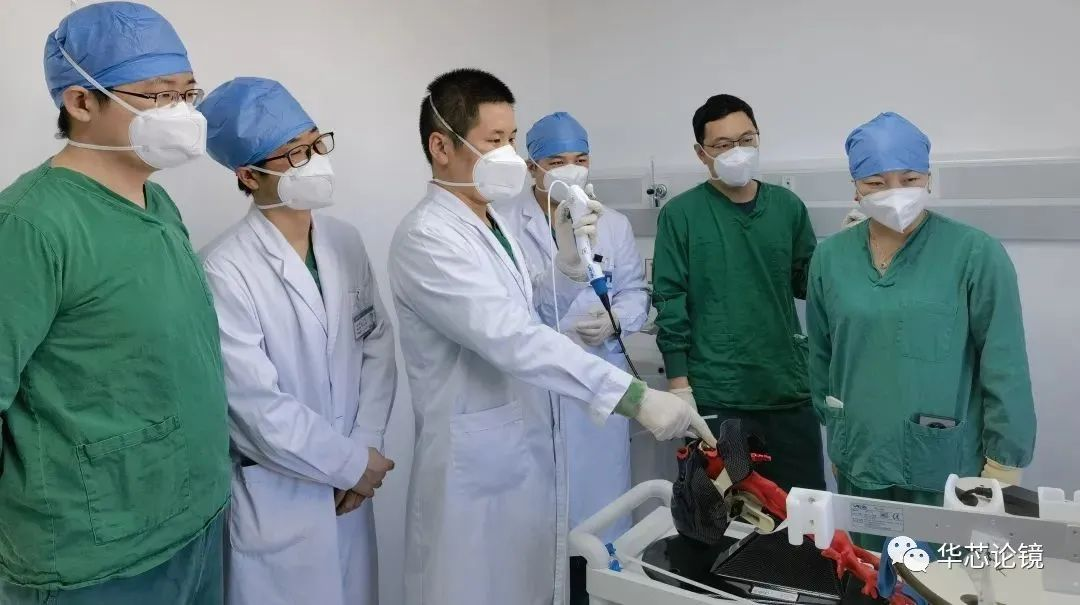
Director Zhou Yunzhi passionately said that with the joint efforts of several generations, the respiratory intervention diagnosis and treatment technology of the Emergency General Hospital has gained some prestige in the medical community. The number and effectiveness of respiratory intervention surgeries have been widely recognized, making a positive contribution to the development of emergency medicine.
General practitioners will fully leverage their professional and technical advantages, utilizing opportunities such as outpatient visits, ward rounds, and surgeries to impart cutting-edge technology and advanced concepts to trainees, enabling them to broaden their horizons and upgrade their abilities through learning and training. Upon returning to their unit, they will use excellent technology to help more respiratory disease patients overcome their illness troubles
。
Medical team
Respiratory and Critical Care Medicine Department of Emergency General Hospital
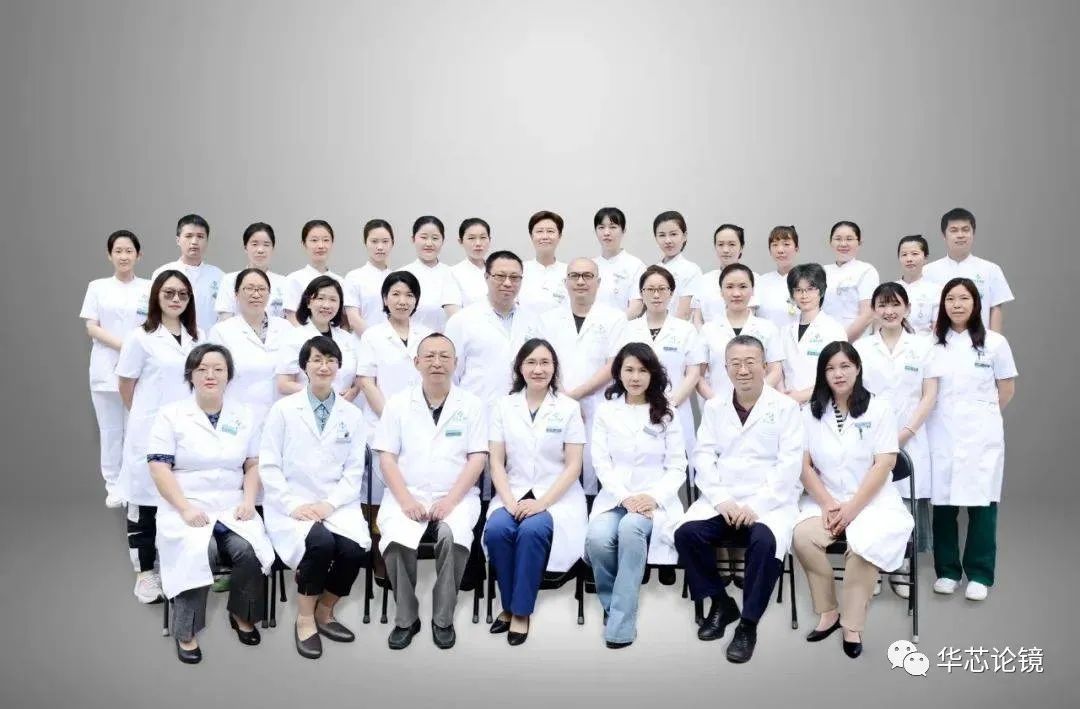
The Respiratory and Critical Care Medicine Department (PCCM) of the Emergency General Hospital is a respiratory endoscopy training base of the Respiratory Intervention Branch of the Chinese Medical Association. It is a key department of the hospital, integrating medical treatment, teaching, and scientific research. It has independent clinical departments under unified management, including outpatient (general, expert), ward, bronchoscopy, lung function, allergy, sleep monitoring, intensive care, lung rehabilitation, chronic disease, and central laboratory. It also offers specialized outpatient services for lung cancer, chronic obstructive pulmonary disease (COPD), asthma, pulmonary nodules, and allergic reactions. In 2014, the first "green channel" for respiratory obstruction was opened in Beijing, implementing 24-hour consultation and effective treatment within half an hour of hospitalization. The Respiratory and Critical Care Medicine Department adheres to the traditional respiratory profession and focuses on developing respiratory intervention diagnosis and treatment technology. Currently, it is at the leading level in the country. The department is equipped with advanced instruments and equipment, and has matured various endoscopic diagnosis and treatment technologies. It recruits about 100 continuing education doctors every year, which is highly recognized in the industry。
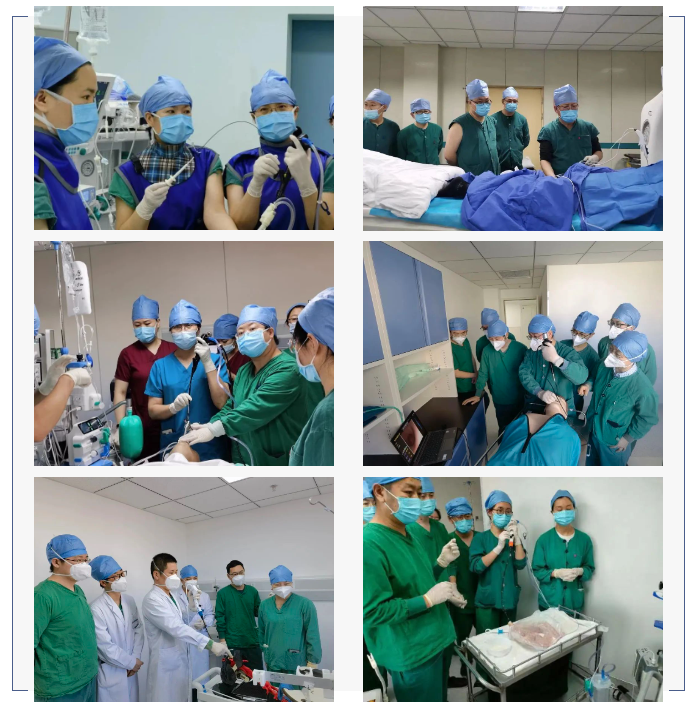
In terms of teaching, the Emergency General Hospital is committed to building a first-class respiratory intervention diagnosis and treatment training base, with multiple training units including respiratory endoscopy training, percutaneous pulmonary intervention diagnosis and treatment training, pulmonary vascular intervention diagnosis and treatment training, whole lung lavage surgery and internal medicine thoracoscopy diagnosis and treatment training, multi-disciplinary integration and standardized treatment of respiratory tumors, standardized treatment of tumor pain, drug clinical experiments, medical device clinical experiments, etc. It has a mature standardized teaching system that can be layered and personalized teaching.
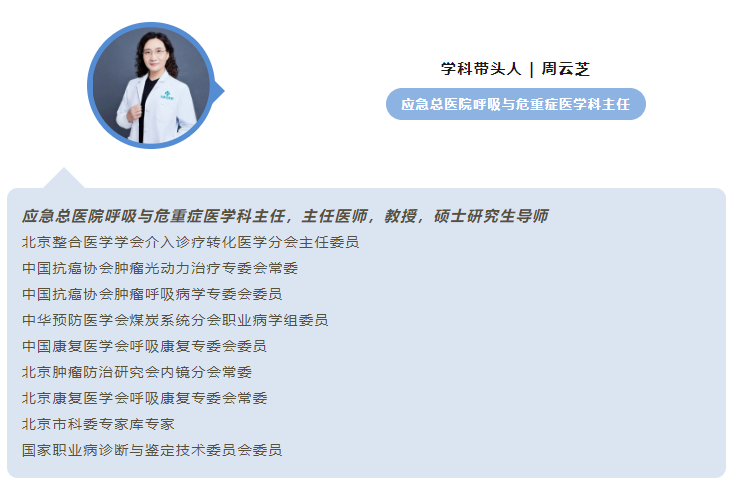
Teaching and training
Developing technology
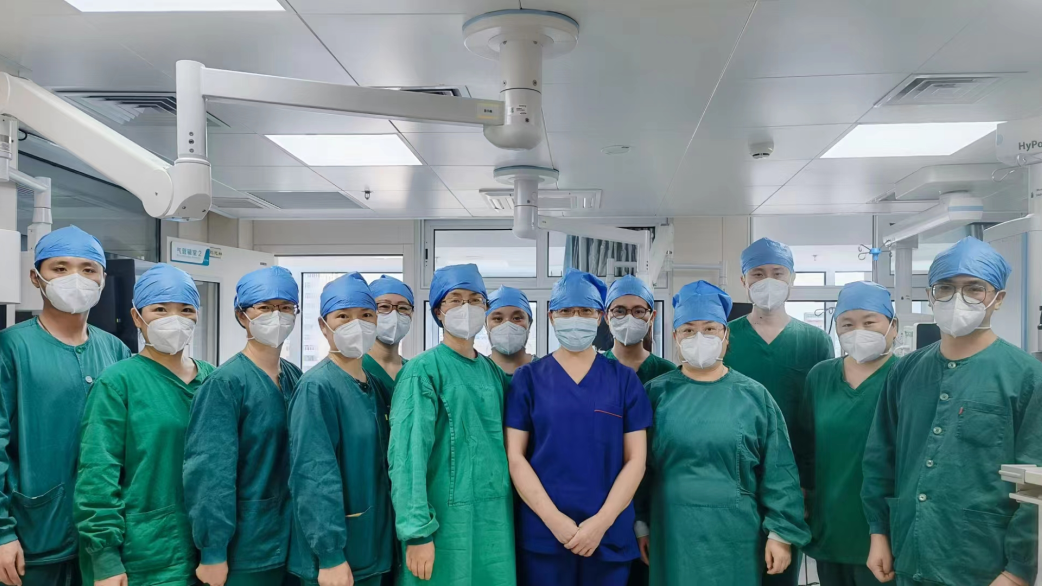
01 Interventional techniques through airways
Hard mirror, argon knife, carbon dioxide cryotherapy, balloon dilation, laser, low-temperature plasma radiofrequency, microwave, airway stent placement and removal, radioactive particle implantation, local drug injection, photodynamic therapy, electromagnetic navigation bronchoscopy combined with CBCT for the diagnosis and treatment of peripheral pulmonary lesions, and sealing of various airway fistulas, comprehensively solving the problems of airway obstruction and fistula in patients. Simultaneously, bronchoscopic unidirectional valve lung volume reduction surgery, hot steam ablation lung volume reduction surgery, and bronchoplasty for refractory asthma are performed on end-stage patients with chronic obstructive pulmonary disease (COPD) to improve their quality of life。
02 Percutaneous puncture technique
Puncture biopsy and solid tumor ablation of various parts of the body, including techniques such as argon helium knife, microwave, radio frequency, laser, radioactive particle implantation, interstitial photodynamic therapy, etc。
03 Transvascular intervention technology
Carry out bronchial artery infusion chemotherapy, embolization, and endovascular stent technology to treat patients with dry lung cancer and hemoptysis, achieving very good therapeutic effects。
04 Whole lung lavage and internal thoracoscopy diagnosis and treatment techniques
In the diagnosis and treatment of pneumoconiosis, we will collaborate with the occupational disease department to carry out simultaneous high-volume whole lung lavage surgery. At the same time, internal medicine thoracoscopic diagnosis and treatment were carried out, including pleural biopsy, thoracoscopic pulmonary bullous volume reduction surgery, and photodynamic therapy. For patients with lung cancer, chronic airway disease, and pulmonary nodules. Establish health records, conduct regular follow-up, develop follow-up and rehabilitation plans。
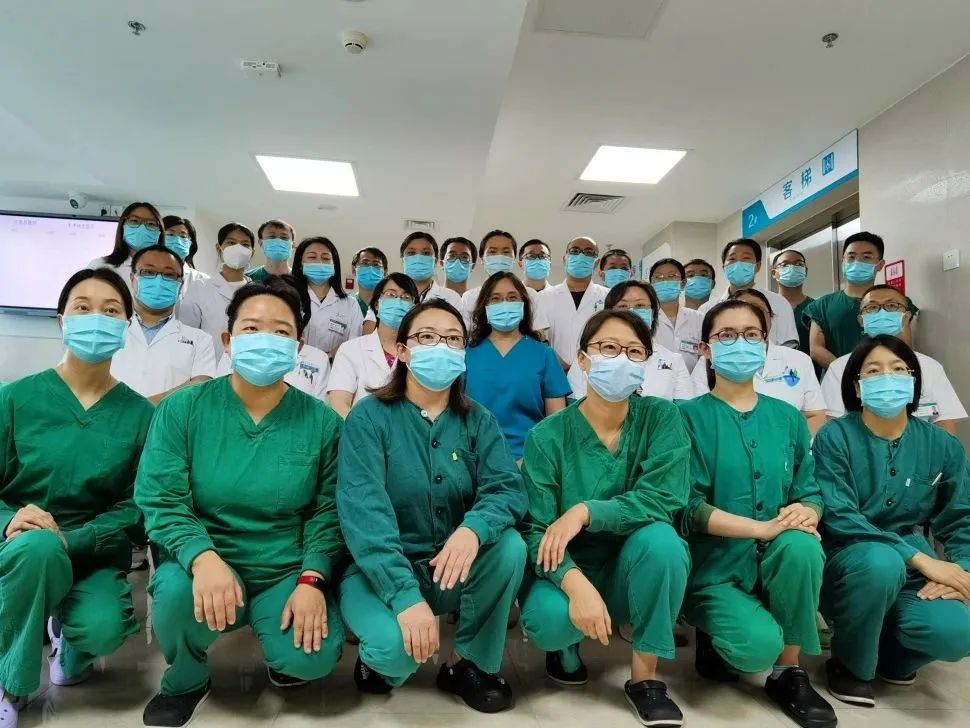








 Return list
Return list

